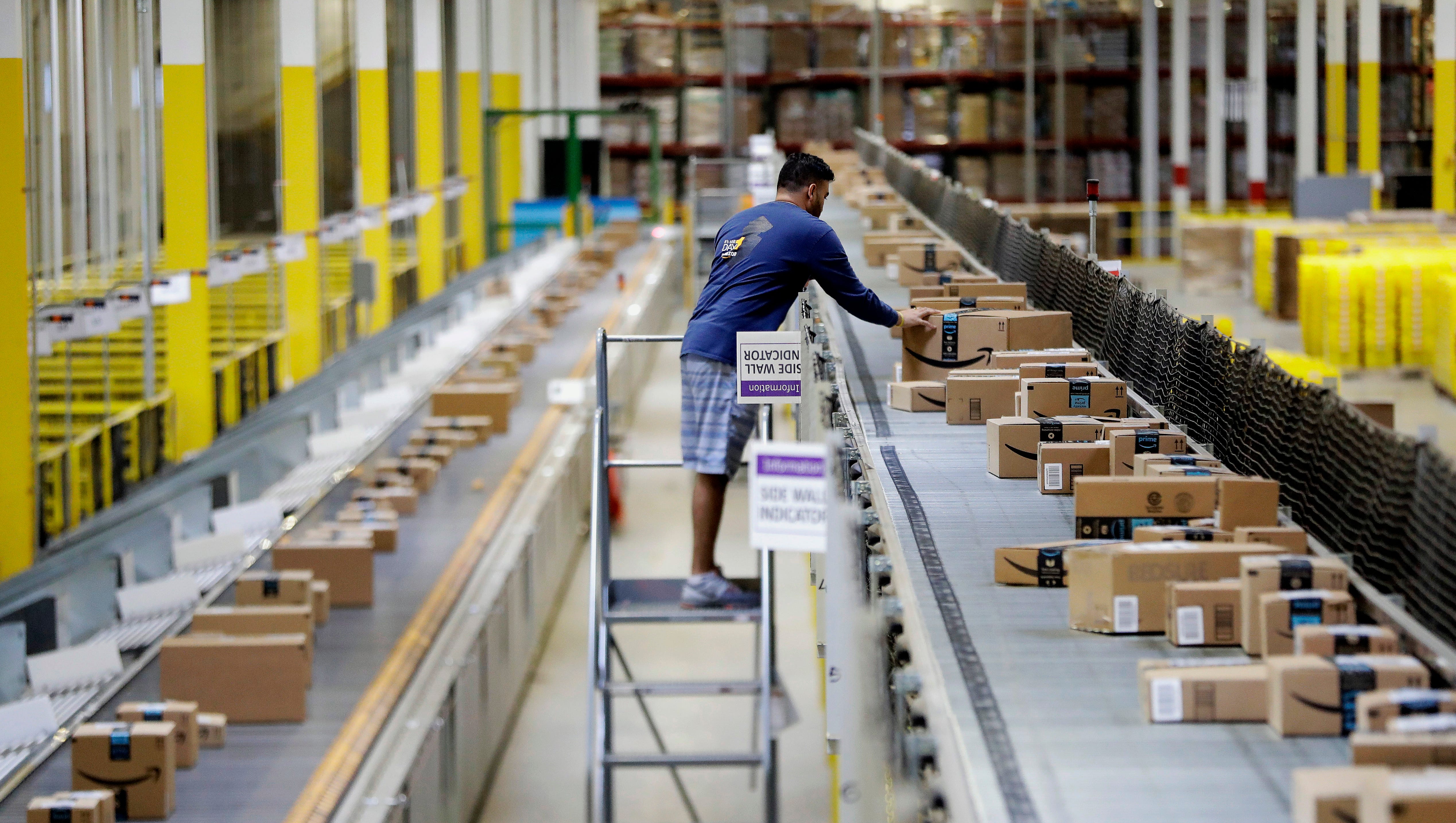
Presidential administrations usually lean in one of two directions: they tend to be more pro-business or more pro-labor. Some will emphasize deregulation, free trade, and corporate tax breaks. Others will focus on stronger enforcement of workplace safeguards, targeted tariffs, and a higher minimum wage.
The second Trump Administration does not fit neatly into either of these categories. It claims to be promoting the interests of both business and labor, but it is not clear that its policies fully benefit either one.
Trump has presented himself as a fierce opponent of business regulation. Since January his administration has crippled agencies long targeted by corporate interests, especially the Environmental Protection Agency and the Consumer Financial Protection Bureau. At the same time, other agencies such as the Federal Trade Commission and the Federal Communications Commission have taken aggressive stances against particular companies for what often appear to be ideological reasons.
As for trade policy, Trump’s extravagant use of tariffs has pleased a few industries beset by foreign competition, but it has also created a burden for domestic producers which rely on components from abroad. After long pretending that tariffs are paid by foreign suppliers, Trump is now pressuring U.S. retailers to absorb those costs, at the expense of their profit margins. Meanwhile, many small businesses in sectors such as construction and hospitality are struggling to deal with labor shortages caused by immigration raids.
The corporate sector is now facing another challenge that is unprecedented: demands from Trump that companies such as AMD and Nvidia hand over to the federal government a portion of their revenue from chip sales to China, while Intel was pressed to convert billions in grants it was to receive under the Biden-era CHIPS and Science Act into a 10 percent equity stake to be held by the feds.
These moves have free marketeers up in arms, warning that the U.S. is moving toward a system of state-run capitalism like that of modern China. Traditional Republicans knew they were taking a risk supporting a tariff-loving Trump, but this new focus on direct government involvement in major corporations has taken everyone by surprise.
There is also confusion in Trump’s posture toward labor. His administration likes to depict itself as pro-worker. It is true that Trump got tips and overtime pay exempted from federal income tax, yet those perks will benefit a small portion of the workforce. There is no indication that Trump’s tariffs are boosting wages or are bringing back a substantial number of offshored jobs anytime soon. Nor will Trump’s corporate interventions do anything to help the employees of the affected companies.
At the same time, Trump’s wholesale attack on the collective bargaining rights of one million federal workers has gotten him dubbed the biggest union buster in American history. Private sector workers will suffer from the firing of top officials at the National Labor Relations Board, which is currently unable to rule on worker complaints.
Budget cuts and staff reductions at agencies such as the Wage and Hour Division and the Occupational Safety and Health Administration are leaving workers more vulnerable to wage theft and to injury on the job. The dismantling of the Office of Federal Contract Compliance Programs is making it harder for workers experiencing pay discrimination at firms receiving government funds to get redress.
In short, many of Trump’s policies are working to the detriment of both business and labor. Yet there is one group thriving under this administration: Trump himself and his family interests.
Trump is able to indulge his seeming obsession with controlling everyone and everything while blowing past all the previous norms about not using the presidency for personal enrichment. His sons are traveling the world, trading on the Trump name to make business deals of many kinds.
Most brazen has been the foray into cryptocurrency that works hand in glove with the administration’s moves to deregulate that business. The Trump family is estimated to have gained some $5 billion in paper wealth just the other day when trading began in a digital token issued by World Liberty Financial, a firm controlled by the Trumps. Given everything else going on with the administration, this enrichment has generated relatively little controversy.
While the current administration is not consistently pro-business or pro-labor, it unwaveringly promotes one special interest: all things Trump.








 Many steelworkers thought they had hit the jackpot. Back in March, Donald Trump announced steep tariffs on metals imported from most of the world, and three months later he added close allies such as Canada and Mexico to the list. As with many of his other economic policies, Trump claimed that the move was designed to benefit U.S. workers, a few of whom were brought to the White House with their hardhats to serve as props when the measure was first announced.
Many steelworkers thought they had hit the jackpot. Back in March, Donald Trump announced steep tariffs on metals imported from most of the world, and three months later he added close allies such as Canada and Mexico to the list. As with many of his other economic policies, Trump claimed that the move was designed to benefit U.S. workers, a few of whom were brought to the White House with their hardhats to serve as props when the measure was first announced.